CHARDONNAY, THE GRAPE OF A THOUSAND FACES
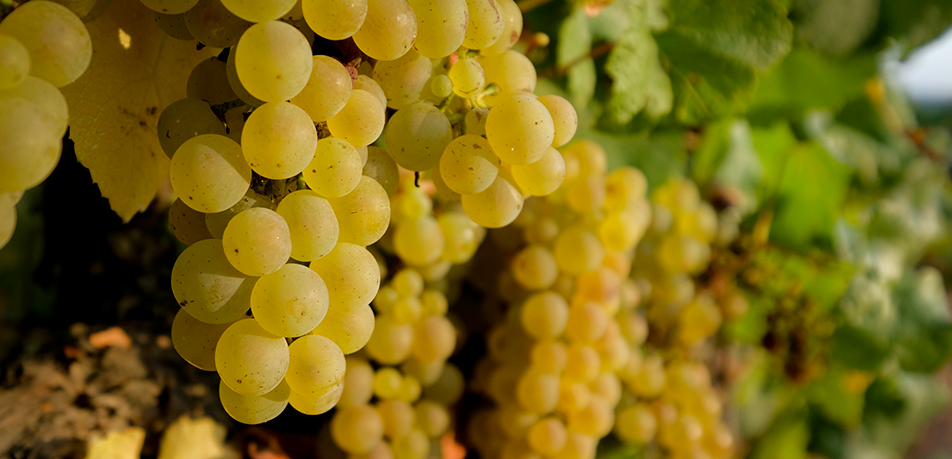
Born in Burgundy, at home around the world: the most widely-grown white grape in the wine universe is known for its great adaptability to different terrains and climates. The variety's versatility and success reside in the vast possibilities it offers in terms of vinification, which allows winemakers to work with remarkable terroir-imparted originality.
The varietal paradigm...
Grown around the globe, Chardonnay reveals a thousand faces, making it difficult to identify a standard organoleptic paradigm.
In their raw state, the grapes have an understated profile. Vinification is what gives the end wine its nuances, intensities and complexity.
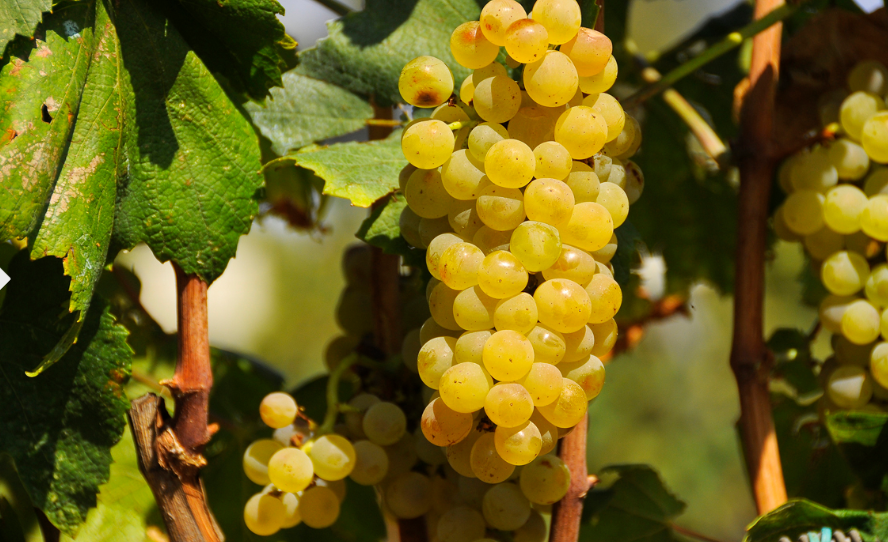
Chardonnay cluster in Familia Torres's Milmanda vineyard
...and original personality
Depending on the climate, soils, and cultural practices in the winery, the variety produces a wide range of quality wines that are very different from each other:
In cold climates, the variety expresses itself in steely wines that are lean and crisp, with predominant notes of green fruit like apple or pear.
Sheltered by milder, gentler climates, the variety reveals notes of citrus and stone fruit (peach), whereas in warm climates, the fruit takes on exotic nuances of banana, mango and fig. As acidity decreases and alcohol content increases, the wines develop a splendid full body.
The enological techniques applied in the winery are decisive when it comes to producing a Chardonnay with a unique personality. Human intervention is essential to its originality.
Malolactic fermentation, for example, can reduce and soften the acidity of cold vintages and add flavors of butter and hazelnut. From barrel fermentation to aging, being in contact with oak contributes intriguingly complex tannins, along with rich, toasty, and dried fruit flavors, often culminating in the unctuous sensations that come from bâtonnage (lees stirring).
Milmanda: pursuing the traces of time
Looking back on an impressive thousand-year history, Milmanda castle is home to the Chardonnay vineyards that, vintage after vintage, have made Milmanda one of Familia Torres's icon wines, known the world over.
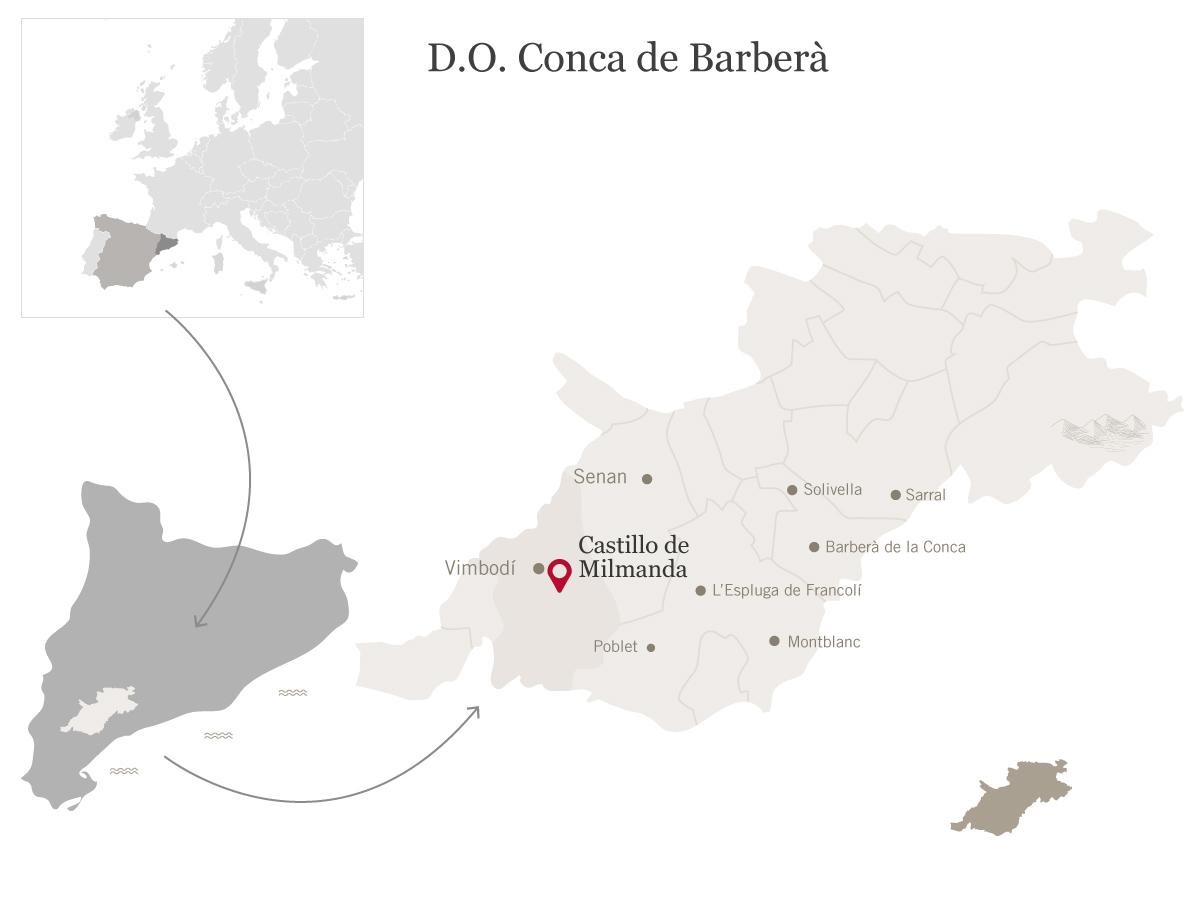
Mountains shelter the Conca de Barberà appellation of origin from the sea. Located in southern Catalonia, halfway between the provinces of Tarragona and Lleida, it is nourished by the basin of the Francolí and Anguera rivers.
The Milmanda estate lies in the Ebro river depression, and, to the north, it borders the Serra de Prades mountains and the Poblet area.
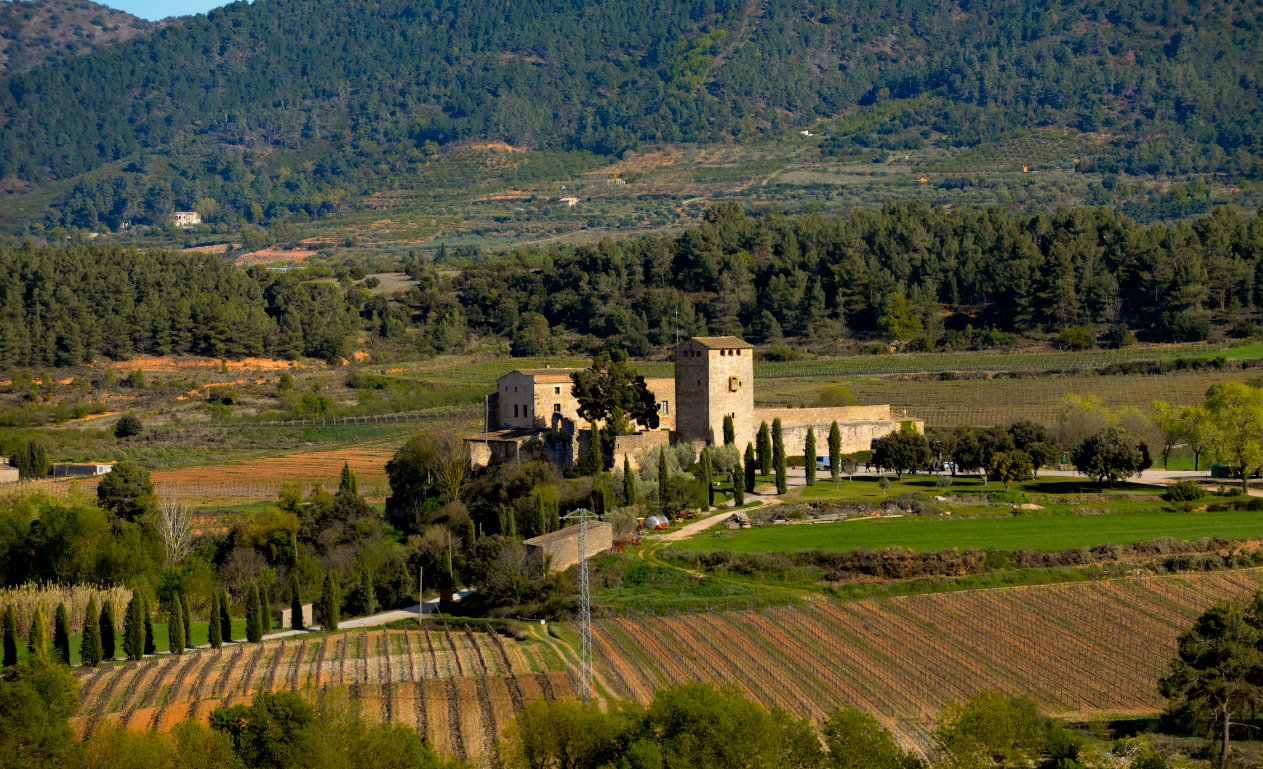
In the estate's low-lying areas are terraces with deep alluvial soils that have a very high water holding capacity and very high levels of active lime. They are composed of reddish marl, a common occurrence in carbonated soils with few stones and fine textures.
In higher-lying areas, the estate’s terraces contain remnants of older piedmont deposits, normally derived from metamorphic rocks, which are abundant in this part of the Serra de Prades.
At Milmanda, the variety's expression is shaped by the excellent conditions of the climate and terroir. The complex winemaking process is equally important and draws on years of research to reveal the variety at its very best. Barrel fermented in new French oak from Nevers, the wine then ages on its lees for twelve months. The result embodies the quality of its ancestors:
Defined by extraordinary and complex elegance, Milmanda builds on varietal aromas of stone fruit (yellow clingstone peach) to then unfold amid honeysuckle and praline, framed by the mature subtlety of aging aromas like toasted bread, smoke and coffee.
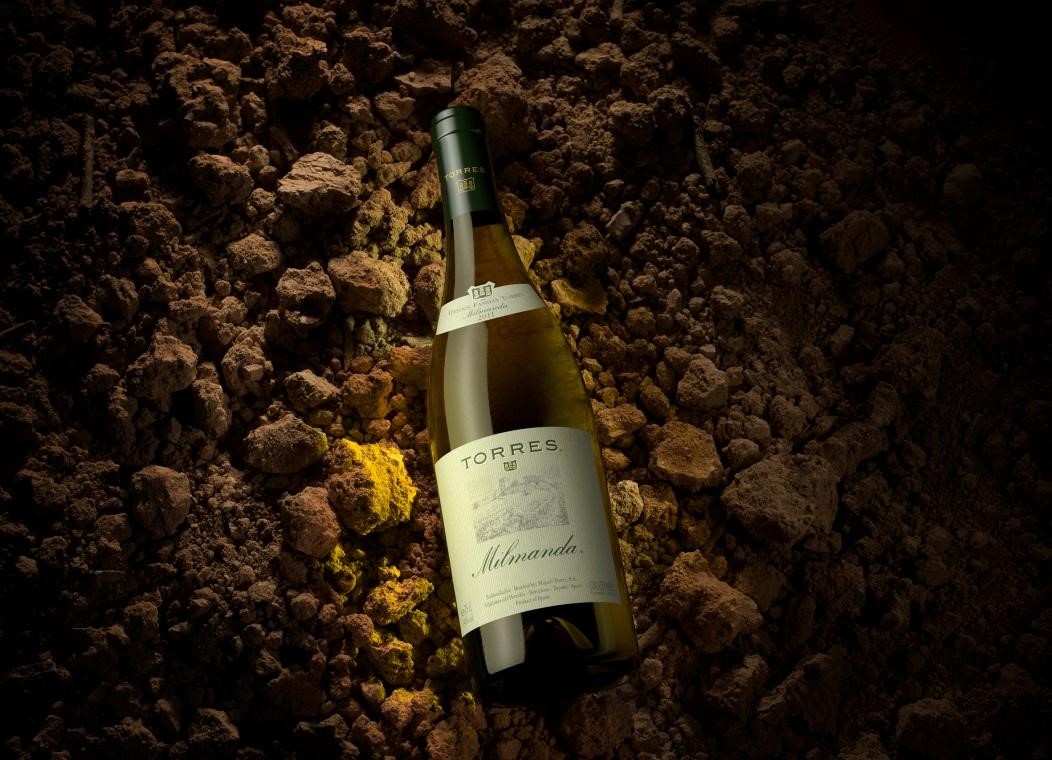
Carefully crafted by the human hand, the wine consists of many parts, and each part—like tesserae—comprises a mosaic both beautiful and renowned. Nothing about it is fortuitous. The wisdom and seasoned skills of generations have shaped this cared-for and beloved variety.
Occasionally one needs to stop and think and not take something for granted simply because its abundance makes it seem eternal. Nothing is eternal. Chardonnay's success lies in how it is interpreted by geography and climate, culture and terroir. It is like a blank canvas that beckons us to express the greatest gift the land can give us—its fruit.
